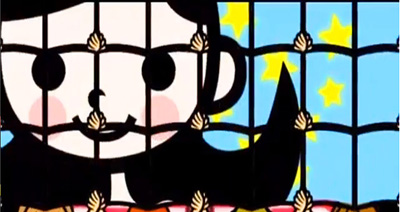

However, this new project took much longer to develop then expected due to design hurdles. The game also features multiplayer, a feature that would not be introduced to the main series for many years.Ī sequel was immediately put into production. The game received remastered graphics and audio, as well as minor gameplay tweaks to accomodate the very different controls.

.600.3245722.jpg)
This arcade version released in Japan on September 20, 2007. Staff at Sega were particularly fond of the title, and approached Nintendo on developing an arcade version for their Naomi arcade board. Particular highlights were its presentation and soundtrack courtesy of Tsunku, which inspired other companies to make similar games in the future. While only a modest success in terms of sales, the game was received well by critics and audiences. The game finally released in Japan on Augas Rhythm Tengoku. He also recommended the staff to take dance lessons to improve their internal rhythm and make development easier on a human level. This worked out for everyone as the tech demo team now have clear direction and Tsunku already wanted his game to be on GBA. This project was then merged with the tech demo, and the staff were combined going forward. The higherups were initially hesitant to approve such an experimental title out of concern of only catering to a niche audience. In 2004, music producer Tsunku approached Nintendo with an unrelated pitch based around players intuitively playing a rhythm game without visual indicators. More game modes were slowly added over the course of several years. Every button on the system corresponded with a different drum. Around 2002, designer Kazuyoshi Osawa created a Game Boy Advance tech demo that consists of playing a drum kit. The series can be traced back to several different projects. 5.4 Rhythm Heaven Megamix / Rhythm Paradise Megamix.5.3 Rhythm Heaven Fever / Beat The Beat: Rhythm Paradise.5 Games with elements appearing in the Super Smash Bros.


 0 kommentar(er)
0 kommentar(er)
